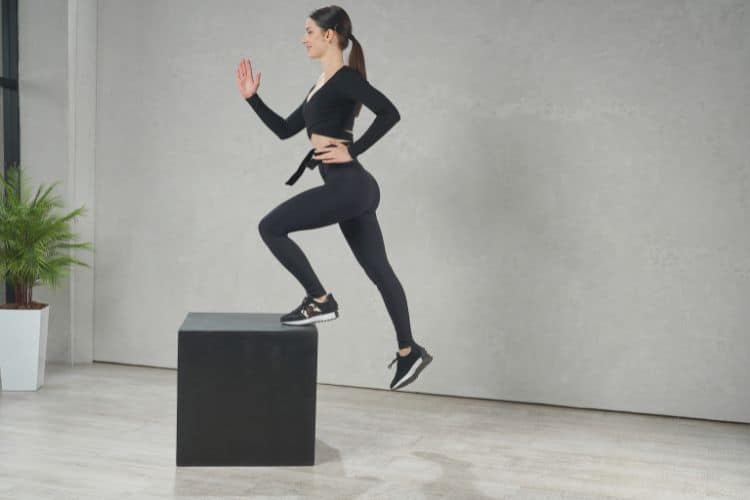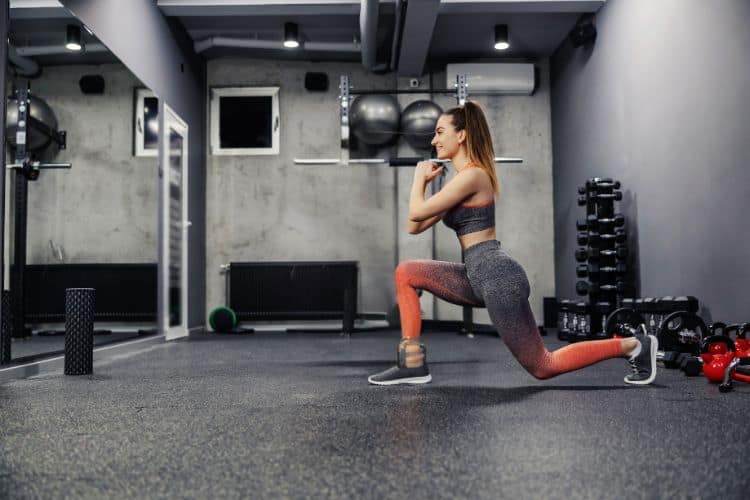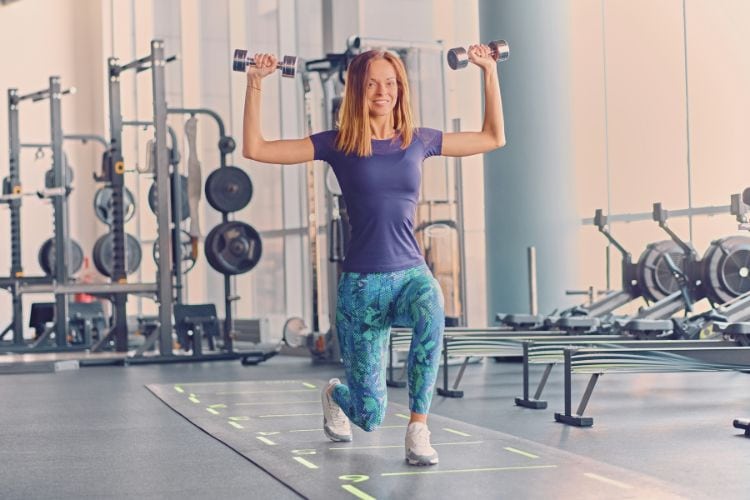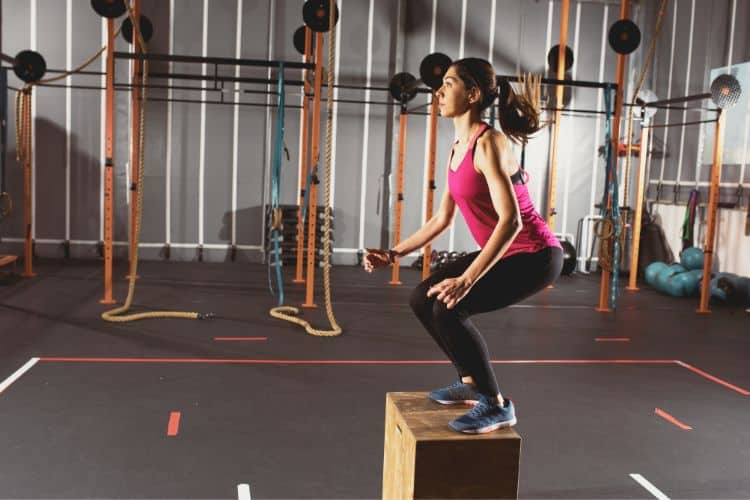Sign up for workout ideas, training advice, reviews of the latest gear and more.






Resistance training is a cornerstone of fitness that offers countless benefits—from building lean muscle mass and boosting metabolism to enhancing bone density and improving overall health. Whether you’re a beginner or a seasoned gym-goer, incorporating resistance workouts into your routine can transform your body and boost your confidence. This comprehensive guide covers everything you need to know about resistance training workouts, including exercises, routines, tips, and benefits.
Resistance training, also known as strength training or weight training, involves exercises that make your muscles work against an external force. This force can be your own body weight, resistance bands, dumbbells, barbells, kettlebells, or gym machines.
Incorporating resistance workouts into your weekly fitness plan yields numerous physical and mental health benefits.
Resistance training stimulates muscle protein synthesis, helping to build and maintain lean muscle. This not only enhances physical appearance but also increases functional strength.
Muscle tissue burns more calories than fat tissue, even at rest. By increasing your muscle mass, resistance training naturally boosts your resting metabolic rate (RMR), aiding in weight management.
Lifting weights places stress on bones, which promotes bone remodeling and helps prevent osteoporosis, especially important for women and older adults.
By strengthening the muscles around your joints, resistance training improves joint stability, helping reduce the risk of injury and chronic pain.
Strength training can reduce symptoms of depression and anxiety, improve mood, and boost self-esteem by providing a sense of accomplishment.
If you’re new to resistance training, start with the basics and gradually progress as your strength improves.
For beginners, bodyweight exercises are a great starting point. As you progress, add resistance bands or light dumbbells. Eventually, you can transition to barbells and more advanced equipment.
Proper technique is critical to avoid injury and maximize results. Start with light resistance and focus on full range of motion, correct posture, and controlled movements.
Progressive overload is the key principle behind building strength. Gradually increase the resistance, number of repetitions, or sets over time to continuously challenge your muscles.
Here’s a sample full-body workout using dumbbells and bodyweight. Aim to complete this 3 times a week with at least one rest day in between.
1. Dumbbell Chest Press
Lie on a bench or the floor. Press dumbbells straight up from your chest, then lower under control.
2. Bent-Over Dumbbell Row
Hinge at the hips, keep your back flat, and pull the dumbbells toward your waist.
3. Dumbbell Shoulder Press
Press weights overhead while keeping your core engaged and back straight.
4. Bicep Curls
Keep elbows close to your torso and curl the weights up.
5. Triceps Kickbacks
With a flat back, extend the dumbbells behind you to isolate the triceps.
1. Dumbbell Squats
Hold dumbbells at your sides or shoulders and perform deep squats.
2. Walking Lunges
Step forward into lunges with dumbbells, alternating legs with each step.
3. Romanian Deadlifts
With a slight knee bend, hinge at the hips and lower the dumbbells down the legs.
1. Russian Twists (Bodyweight or Dumbbell)
Twist side-to-side while seated with feet lifted off the floor.
2. Plank Hold (30–60 seconds)
Maintain a straight line from head to toe, engaging your core.
Many women hesitate to lift weights due to fears of bulking up. In reality, resistance training helps women sculpt lean, toned bodies and supports hormonal and metabolic health.
When combined with a healthy diet and cardio, resistance training is one of the most effective tools for fat loss.
Try circuit-style resistance workouts with minimal rest between exercises. This keeps your heart rate elevated while building strength.
Sample Circuit:
Resistance bands are portable, affordable, and excellent for home workouts or travel.
1. Banded Squats
Stand on the band and hold handles at your shoulders. Squat as you push up against the band’s resistance.
2. Band Rows
Anchor the band around a stable object and row toward your torso.
3. Overhead Shoulder Press
Stand on the band and press upward.
4. Banded Glute Bridges
Wrap the band around your thighs and push your hips up while keeping knees out.
5. Standing Ab Twists
Anchor the band to a door, grab both handles, and twist your torso against resistance.
The way you divide your workouts throughout the week depends on your goals and experience level.
Focus on compound movements like squats, presses, and rows.
Target specific movement patterns and muscle groups each day for better hypertrophy.
To ensure long-term success and avoid injury, keep the following tips in mind:
Activate your muscles and increase blood flow to joints before lifting.
Recovery is essential for muscle growth. Overtraining can lead to burnout and injury.
Good technique matters more than heavy weights. Use a mirror or video yourself to check alignment.
Fuel your body with enough protein and calories to support training and recovery.
Use a workout log to monitor weights, reps, and sets. This helps you apply progressive overload effectively.
A: Beginners should aim for 2–3 full-body sessions per week. Intermediate and advanced trainees can increase to 4–6 days with split routines.
A: While spot reduction isn’t possible, resistance training builds muscle and boosts metabolism, contributing to overall fat loss, including the belly.
A: Both are effective. Bands are portable and low-impact, while weights offer greater load and progression potential.
A: With consistency, most people start seeing strength gains within 4 weeks and noticeable muscle definition in 8–12 weeks.
Resistance training is not just about lifting heavy weights—it’s about building a strong, functional, and resilient body. Whether you’re working out at home with resistance bands or hitting the gym with barbells, resistance training delivers transformative results.
Consistency, progressive overload, and balanced nutrition are the keys to success. Start today with a simple routine and gradually build your strength over time. Your body—and your future self—will thank you.
Stay up to date on the latest women’s health, fitness and lifestyle trends and tips.